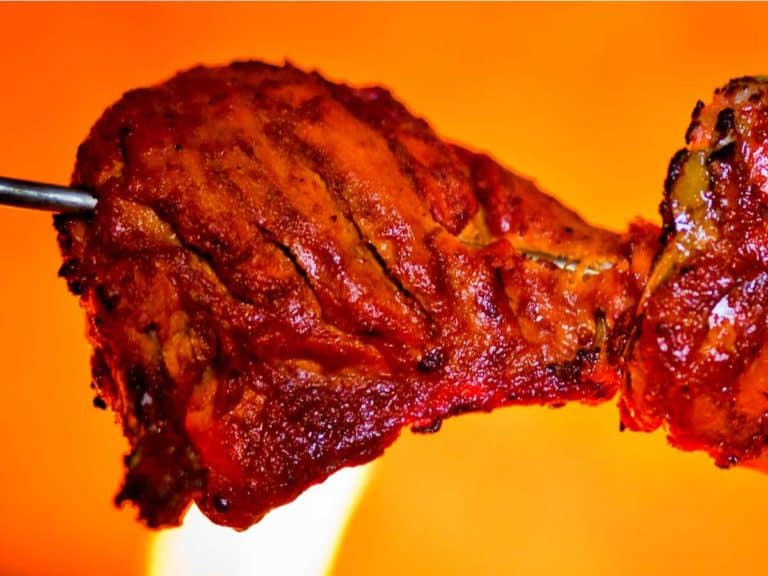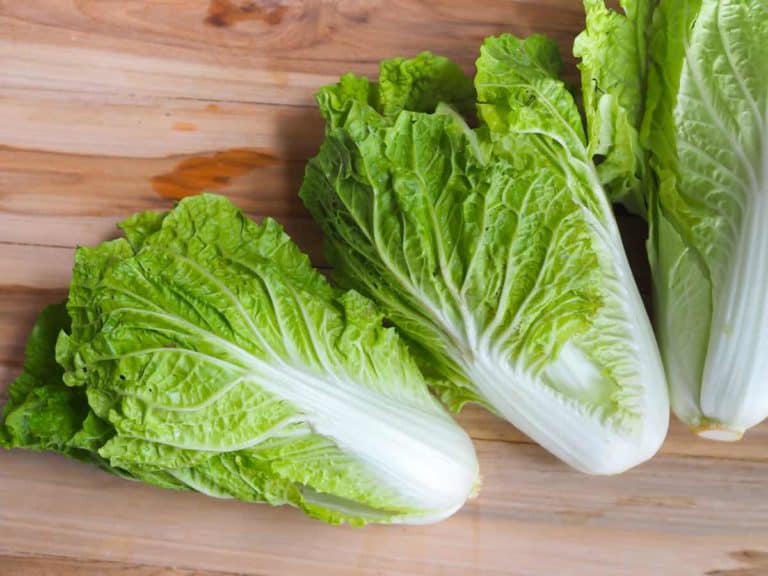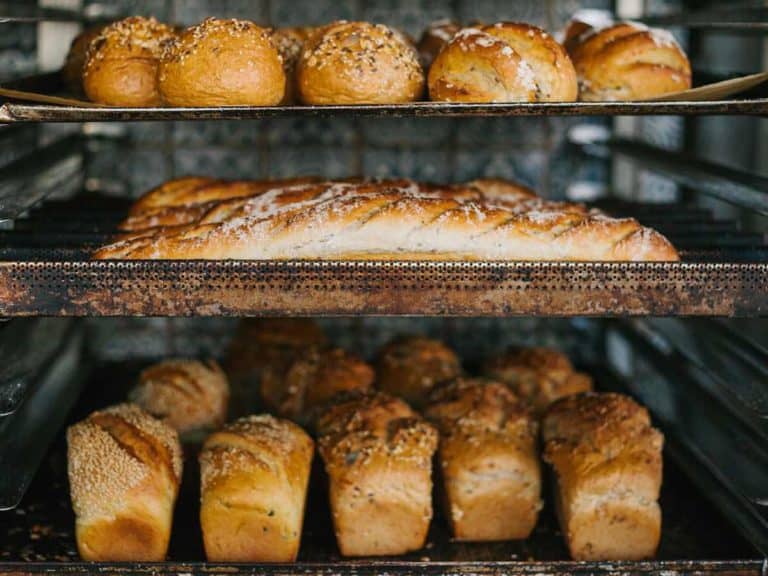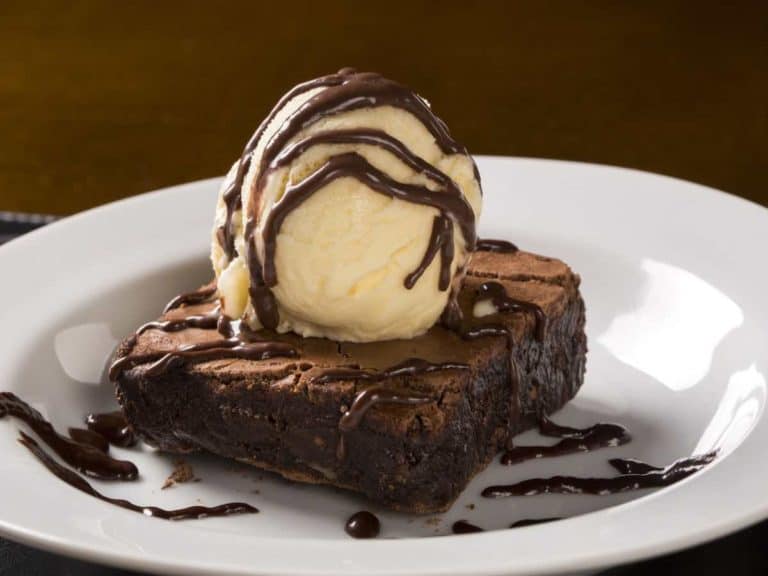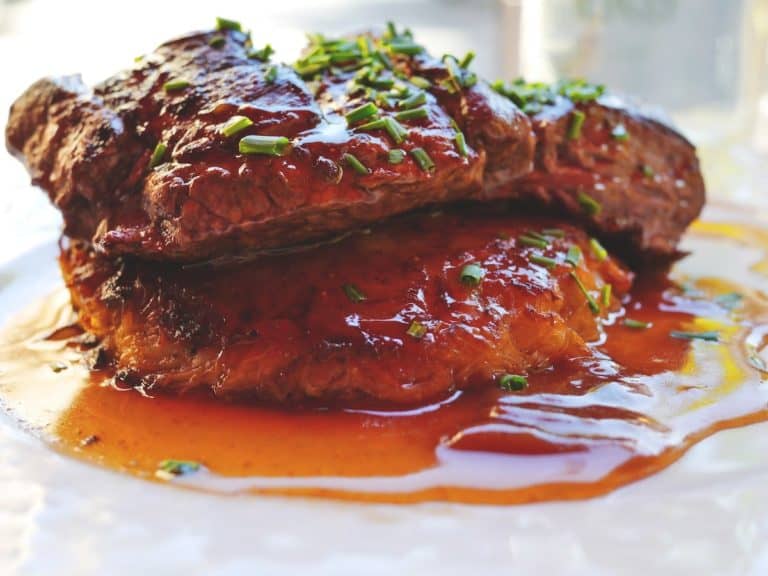How to Dry Sugar (White, Brown, Powder, etc.)
Sugar is hygroscopic. This means that it will readily absorb moisture from the air. Sugar clumps when moist, which makes it difficult to use in the kitchen. It’s a good thing that moist sugar doesn’t have to end up in the trash bin because there are ways to easily and effectively dry this saccharine ingredient.
Drying sugar can be as simple as exposing it to air or a little heat. It can also be dried by adding a moisture-absorbing item in its containers, such as a piece of bread or a small amount of rice. Storing sugar in an airtight container placed in a cool and dry place can keep it from getting moist.
Experts agree that sugar is one of the various basic ingredients you should always have in your kitchen.
However, having sugar handy is pointless if it’s moist and clumpy — measuring it or using it as a rub for meat dishes can be a real challenge. But fret not because there are ways to dry out sugar, thus keeping you from having to head to the supermarket to get your hands on a dry pack of it.
Related Article: Is Sugar a Dry or Wet Ingredient?
Read on to know the various steps that you may take to turn sugar from dewy to bone-dry. By the time you get to the end of this article, you will be a certified moist sugar drying authority!
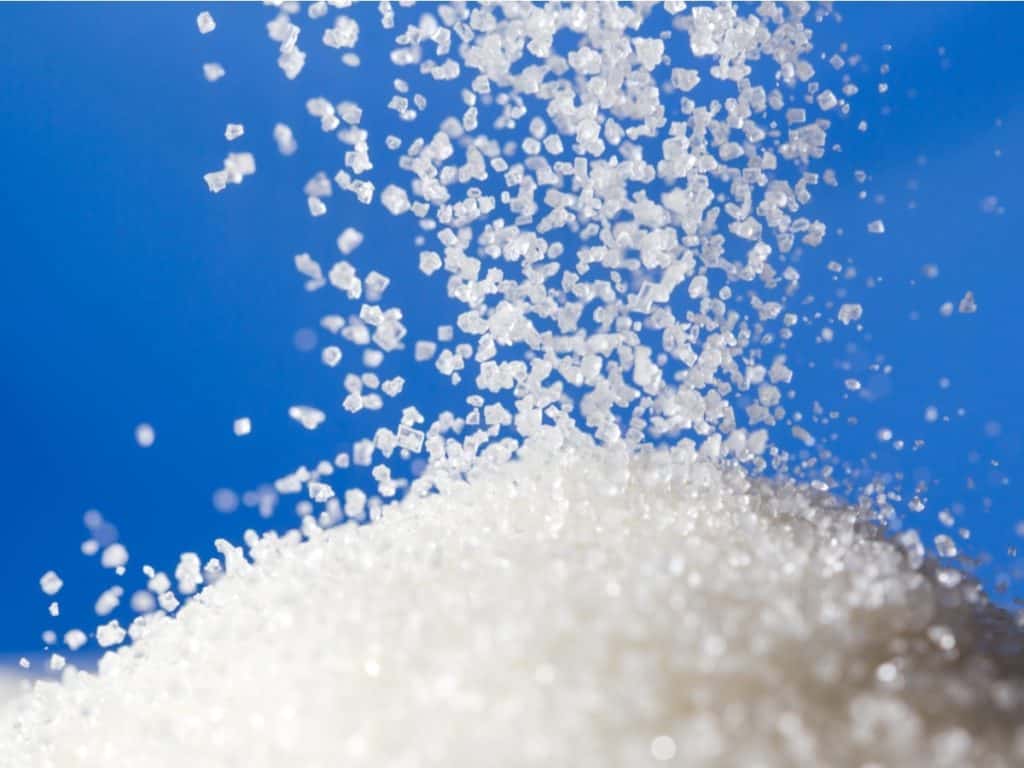
How To Remove Moisture From Sugar
Air exposure is a slow but effective way to remove moisture from sugar. For quicker results, spread moist sugar on a baking sheet and place in an oven set to no more than between 120°F and 150°F (49°C and 66°C) for a while. Allowing sugar to air dry afterward helps ensure no moisture remains in it.
Using the oven requires electricity, which doesn’t come free of charge. It’s because of this why air exposure is the ideal way to dry out the sugar if you are trying to keep your monthly utility expenses to a minimum.
You may also place it in direct sunlight — cover with a fine mesh to keep insects and dirt at bay. However, avoid doing this between 10 a.m. and 4 p.m. when the sun is at its strongest. That’s because sugar may melt!
Sadly, air drying and sun exposure are not options if you live where it’s hot and humid or rainy. This is when the oven can come to the rescue.
Just remember to set the oven to low heat only. That’s because the goal is to remove moisture from sugar, not make caramel. You may also use a microwave if an oven is not available.
Sugar is already dry if a clump breaks when you tap a spoon on it lightly.
How To Dry Brown Sugar
Allowing brown sugar to air dry, if it’s not hot and humid, is an effective way to remove excess moisture from it. Placing it in the oven works, too. However, brown sugar should not be kept in the oven for a long time or exposed to a lot of heat because it will lose its natural moisture content.
Unlike table or granulated sugar, brown sugar contains a lot of moisture. That’s because of its molasses content — the product can be up to 10% molasses, brown sugar manufacturers say.
This is why leaving brown sugar in the oven (and exposing it to high temperatures, too) unattended can cause it to lose its natural moisture and softness. Other types of sugar clump when moist. On the other hand, brown sugar clumps when it loses moisture. This is why brown sugar should be removed from the oven before it ends up dry as a desert.
Besides the oven, you may also count on a microwave to get rid of excess moisture in brown sugar.
You can rest assured that brown sugar still has more moisture than necessary if it has the consistency of wet sand. In some instances, brown sugar might ooze brown-colored liquid.
How To Dry Out Powdered Sugar
Exposure to air or direct sunlight is a cost-free way to eliminate excess moisture from powdered sugar. Using an oven or a microwave set on low heat is also an option. However, for more effective drying, break clumps of powdered sugar into smaller pieces beforehand to allow moisture to escape.
Powdered sugar, as the name suggests, is sugar with fine grains rather than granules. It’s because of this why it is mainly used for making frosting or icing. It is also often dusted on baked products and desserts.
Dissolving faster is another thing that makes powdered sugar different from table or granulated sugar.
That’s because the smaller grains allow more sugar molecules to come into contact with water. And it’s exactly due to this why powdered sugar tends to attract moisture so much easier, especially when stored improperly.
Fortunately, drying out moist sugar is just as simple as drying out table or granulated sugar. Just see to it that you break clumped powdered sugar into small pieces to make it easier for trapped moisture to evaporate.
The importance of storing dried-out powdered sugar in an airtight container afterward cannot be stressed enough.
How To Soften Sugar Without an Oven
Besides exposure to air or direct sunlight, sugar can be dried out without the use of an oven or a microwave by allowing excess moisture content to be absorbed by something that is very good at getting rid of moisture. A piece of bread or a small amount of rice in a sock or pantyhose may be used.
Not everyone has the time to wait for moist sugar to dry on a countertop, under direct sunlight, or in the oven or microwave.
If you are too busy to count on any of the moist sugar-drying methods we have discussed thus far, there is a way to dry out sugar without you having to constantly check how the sweet ingredient is doing.
What you need to do is place a piece of bread in a container of moist sugar.
That’s because bread has the penchant for absorbing moisture in the air or just about anything that it comes into contact with. But be warned: moist bread can grow mold without trouble.
It’s for this reason that you should remove bread from the sugar container after about two days. You may replace it with a fresh piece to get rid of any remaining moisture.
Besides bread, rice is also something that is very good at ridding sugar of excess moisture. It’s for this reason why wet devices can be dried out by covering them with rice for at least 12 hours.

All you have to do is place a small amount of rice in an old (but clean) sock or pantyhose and tie the open end. Stash it in the container of moist sugar and leave it there for several hours to give rice plenty of time to do its job. Instead of rice, food-safe moisture absorbers may be used, too.
Just Before You Attempt to Dry Sugar
Refrain from assuming that moist sugar is no longer good for whipping up baked goods and sweet treats. By getting rid of excess moisture, you can bring sugar back to its previous state.
Above, we talked about the different methods of drying sugar — granulated, powdered and brown. It’s completely up to you which approach you would opt for if your sugar ended up damp and gooey.
Choose one that you find the most convenient to save that moist batch of sugar from ending up thrown away and completely wasted.
Related Questions
Does sugar expire?
Sugar does not expire in the sense that it will go bad and become unsuitable for human consumption. Sugar can inhibit microbial growth. It’s for this reason why there is a food preservation method called sugaring, which is similar to pickling.
However, sugar tends to lose its quality with time.
Can you store sugar in the refrigerator?
If the kitchen is hot and humid, sugar may be stored in the refrigerator to protect it from excessive heat. However, sugar should be placed in an airtight container before refrigeration to keep it from coming into contact with moisture in the refrigerator. Sugar can be stored in the freezer, too.
